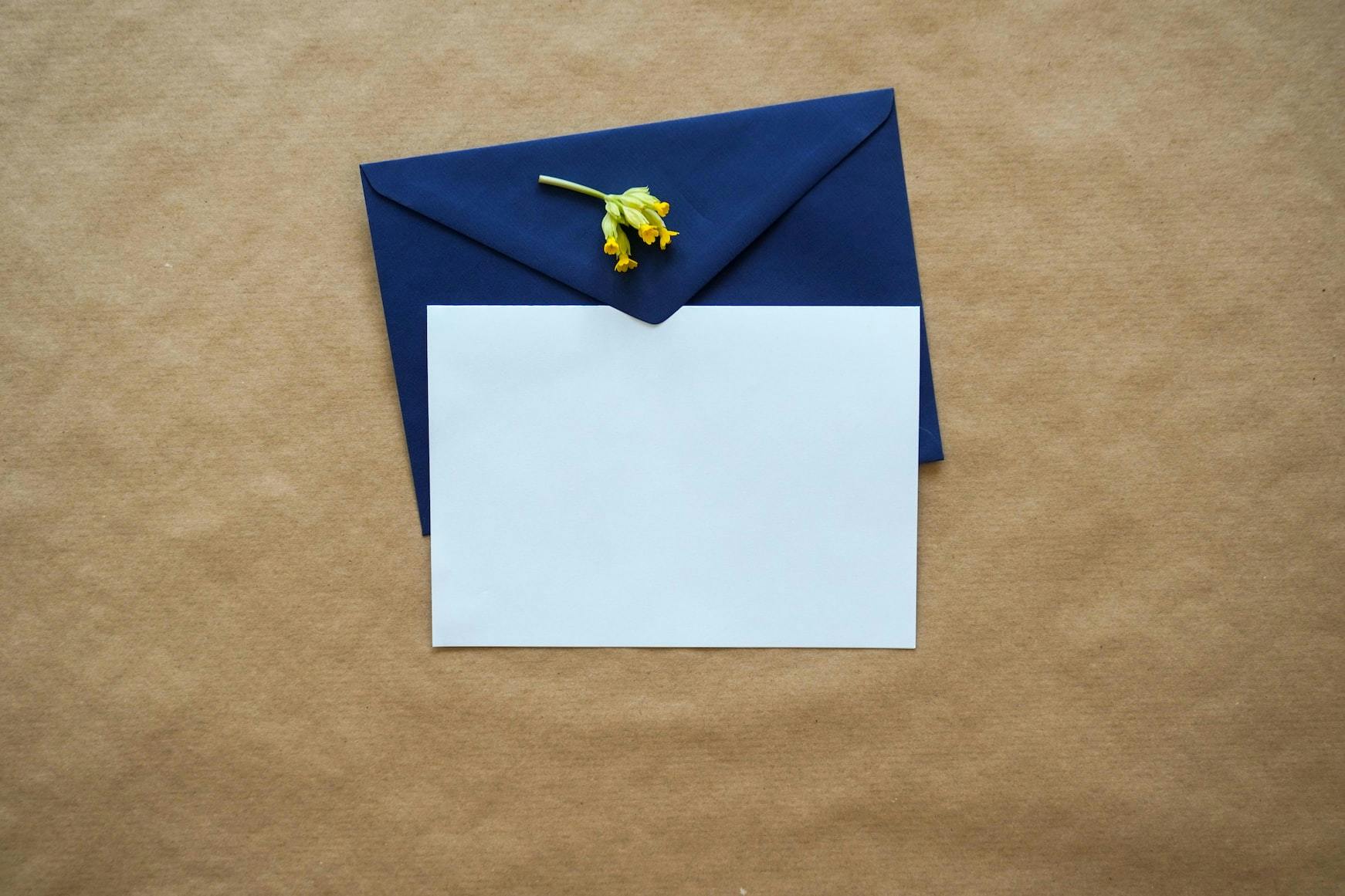What does a likely letter mean for college admissions?
Kate Sliunkova
AdmitYogi, Stanford MBA & MA in Education
·
·
7 min read
Alright, you're in the process of applying to college, and you might've heard of or received a likely letter. But what exactly is a likely letter? In this article, we'll have a casual conversation about what these fantastic letters are and the reasons behind colleges sending them out.
What is a likely letter?
A likely letter is sent by a school to a select group of applicants before they finalize their admissions decisions. Essentially, this letter informs a student that they have a good chance of being accepted, as it shows the school's intention to admit them.
The purpose of likely letters
Elite schools send likely letters to especially strong candidates for a couple of reasons, but mainly to increase their yield rate and attract the top students. Yield rate refers to the percentage of accepted students who actually enroll. A high yield rate shows that a college or university is a popular choice for the smartest college applicants. That's why many of the most prestigious institutions in the country have the highest yield rates. For instance, MIT has a yield rate of 77%, while Stanford University and Harvard University both have a yield rate of 82%.
By keeping the best candidates interested in and engaged with a college while they wait for official admissions decisions in late March and early April, likely letters assist selective schools in maintaining their high yields. Admissions officers are often required to notify all applicants of their admissions decision at once, but likely letters allow them to get around that policy. It informs an applicant of their "likely" admission. A likely letter shows the school's interest in the applicant, flatters them, creates a more favorable impression of the institution, and raises the likelihood that the applicant will matriculate.
Invitations to occasions and initiatives like diversity weekends and fully funded campus visits are frequently sent along with likely letters. With the help of these invitations, colleges can build up a stronger rapport with the candidates and gain more time to entice them to enroll in their programs.
What Sets an Early Write Apart from a Likely Letter?
The term "early write" refers to a different kind of early admissions notification. What distinguishes a likely letter from an early write is the likelihood of admission. A likely letter is not an official acceptance letter; rather, it expresses the institution's probability of admitting a student. Though it is understood that all "likely" students are admitted unless their profile deteriorates, a school may reconsider its admissions decision, for instance, if the person who received a likely letter dropped their advanced classes, was arrested, or did something else unfavorable.
On the other hand, an early write is an early official acceptance. If the student does something bad, the school may still withdraw their acceptance, but based on the letter, the student can be certain they are accepted at that time. Leading liberal arts colleges like Williams and Amherst utilize early writing.
What time are typical dates for sending likely letters and early drafts?
Most colleges usually let applicants know about their regular admissions decisions around late March or early April. For example, all Ivy League schools reveal their decisions on a day called "Ivy Day." Between mid-February and early March, students often get likely letters and early drafts.
What Kind of Letter or Early Write Would You Expect?
Likely letters may have different wording depending on the institution, but they all usually have the same structure. They highlight the high chance of the applicant getting accepted and the school's enthusiasm to welcome them as part of the student community. These letters have a complimentary tone and often signal that an official acceptance letter will be coming later on.
Here's a rewritten version of the paragraph:
"We were blown away and humbled by your enthusiasm, creativity, skills, and kindness, and this early acceptance is a way to celebrate your amazing accomplishments and your drive to use your abilities to improve the world. We grant this honor to only a handful of students, and we're super excited to share this fantastic news with you."
Letters are usually a means to keep connected with the school, and often, they come with an invitation to visit. For instance, a potential letter from Columbia University to a future student might say, "We hope you'll consider joining us for one of our two Columbia College Days on Campus weekends. During these events, admitted students will have the opportunity to experience a hosted overnight, visit, attend classes, take a tour of New York City, and enjoy a whole lot more."
Other times, letters will probably warn students that this isn't an official acceptance and that their actions might jeopardize their enrollment. An excellent example is this letter that could be sent to a student athlete by Yale University: "Please know that we will carefully review your mid-year and final grades, and that we expect you to maintain your present level of academic performance and personal integrity for the remainder of the year."
Which Colleges Typically Send Early Writes or Letters?
There isn't a complete list of schools that send out likely letters and early writes since they don't openly promote them. However, we do know that some schools have sent these letters before. All Ivy League schools have used likely letters to draw in applicants who meet specific criteria. They often send these letters to student athletes, as they have that amazing mix of academic smarts and athletic skills that really stands out.
Numerous prestigious colleges and universities, including Barnard, Brandeis, Bowdoin, Clark, College of William and Mary, Duke, MIT, Rice, Stanford, University of Chicago, UCLA, UNC Chapel Hill, and UVA, are also said to have sent outstanding applicants letters of recommendation. The same is true for prestigious liberal arts colleges like Amherst, Williams, Smith, and Grinnell, which have a history of sending early or likely letters.
Many likely letters and early writes, as was already mentioned, include a request to visit the campus. For instance, in February, Vanderbilt University sends 200 or so early essays to students from various minority backgrounds. The accepted students are invited to campus for MOSAIC (Medley Of Students And Ideas Connecting), a multicultural student weekend in March, via the letter. The program's objective is to draw talented students to the university and keep the campus diverse in terms of both ethnicity and culture. For accepted students, other schools, like Amherst College, also host diversity weekends.
What If I Don't Receive a Likely Letter?
Don't worry if you're not familiar with the concept of a likely letter or if you're concerned you won't receive one. The fact is, the majority of applicants won't know if they've been accepted until the school announces the official admissions decisions. Take a look at Vanderbilt, for instance. They only accept around 2,000 students for their MOSAIC Program each year, but they invite 200 to apply. This means that a mere 10% of accepted students receive a likely letter. Similarly, the University of Pennsylvania had 37,267 applications in 2015, with 3,697 students being admitted. Out of those, only around 400 students got a likely letter. So, you're definitely not the only one!
Here's the deal: if you don't get a likely letter, don't stress about it. But if you do, it means you're one of the top candidates for the school. Just keep doing your best, and you can be pretty sure you'll get that official acceptance letter.
Read applications
Read the essays, activities, and awards that got them in. Read one for free!

Benjamin Sanchez Pla
Yale (+31 colleges)

Mango
Stanford (+28 colleges)

Rosie
Yale (+20 colleges)
Related articles
Five College Essay Topics to Avoid
Coming up with college application essay topics is difficult for most students who are going through the already stressful college application process. To avoid receiving a handful of rejections come April, do not write about any of the following topics.
Analyzing JFK's Successful Harvard Essay
In 1935, future President John F. Kennedy was asked to write an essay about why he wanted to attend Harvard University. The results were…interesting. Keep reading to see what JFK’s essay looked like and what lessons we can draw from it!

